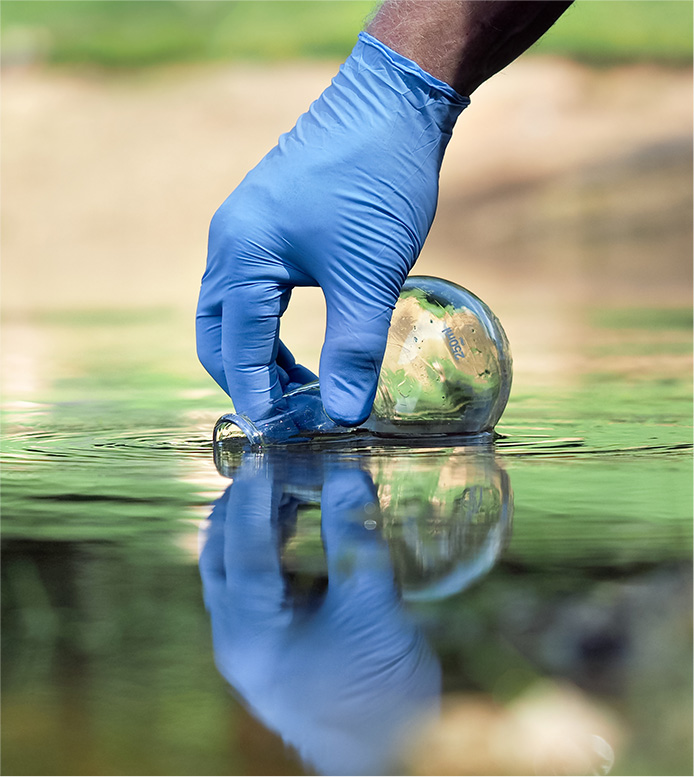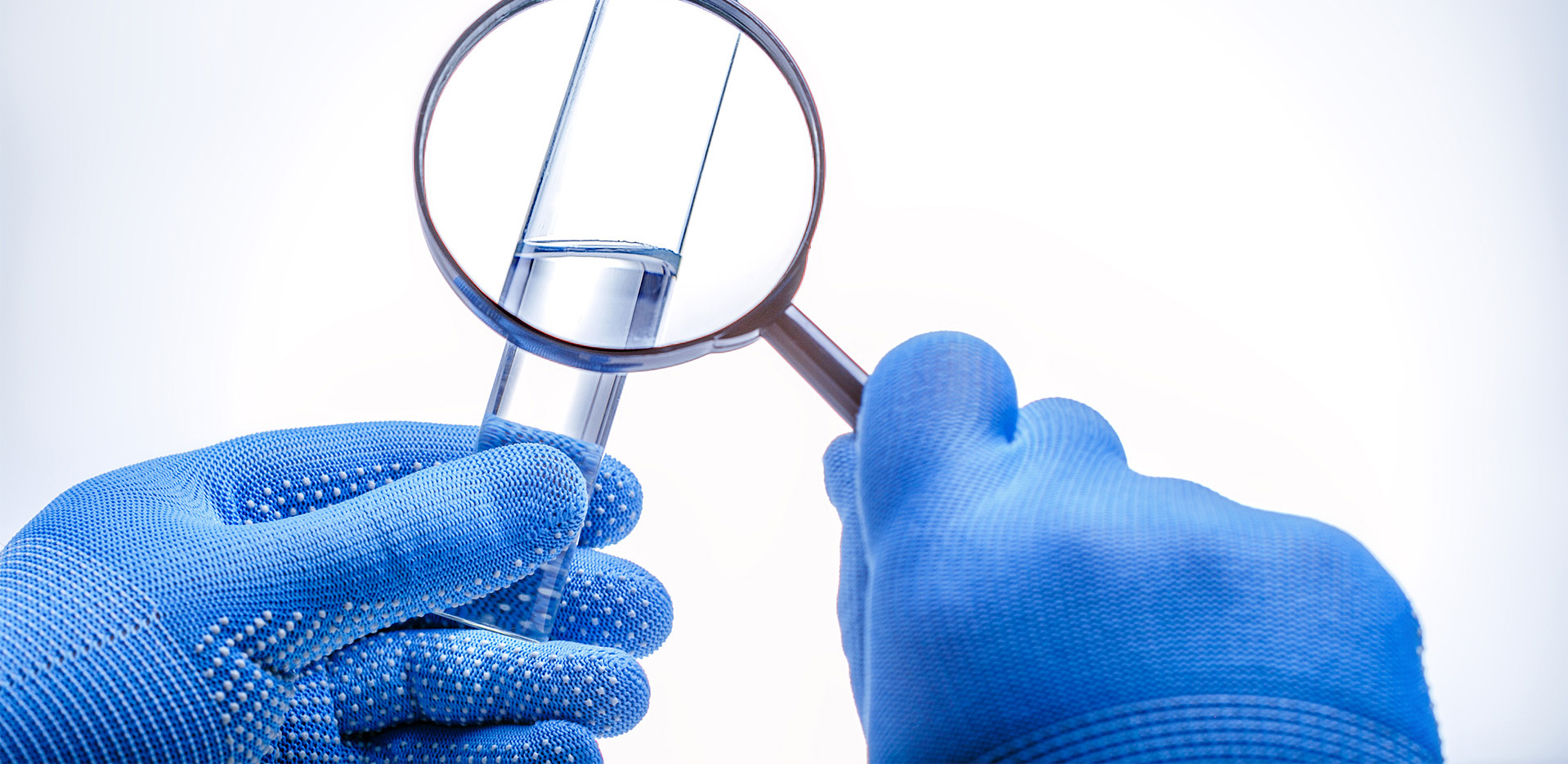February 10th, 2021
FILTRATION SYSTEMS EFFICIENCY & SUSTAINABILITY
understanding water / sustainability
Filtration significantly contributes to maintaining high water quality standards.
The most responsible approach towards the environment and the filtering systems must first and foremost aim at preventing the formation and reproduction of bacteria and parasites, with the awareness that a solid usage of chemical products and disinfectants is both uselessly expensive and undoubtedly harmful.
BETTER FILTERING = LESS CHEMICAL PRODUCTS
The most efficient results are obtained through a synergetic usage of quality filtering systems and flocculating agents, which act on bacteria’s food source and on the conditions that allow them to grow. Preventing their reproduction is indeed better than killing them. Specifically, by resorting to more appropriate materials than the ones used by the most widespread systems, the chemical oxygen demand can be reduced by a percentage between 50% and 80%.
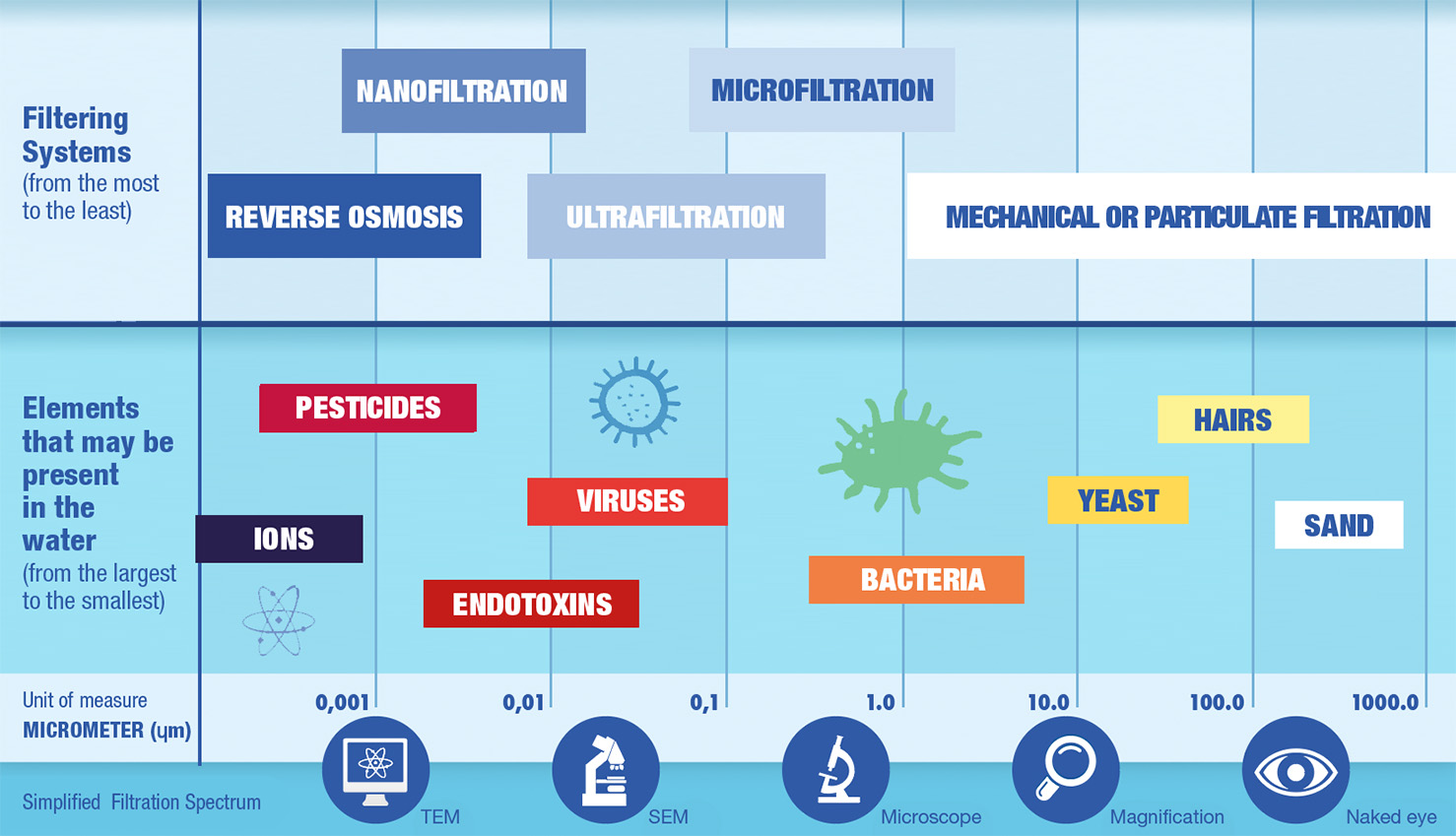
↑ Image courtesy of Culligan Water
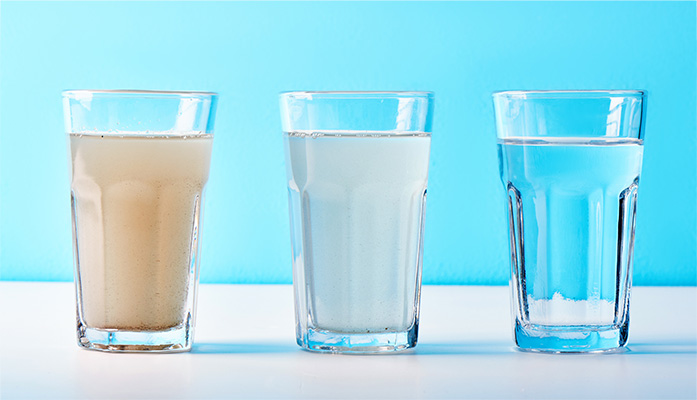
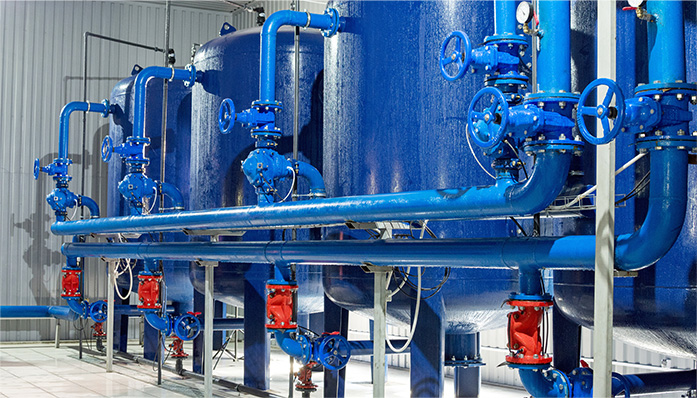
↑ Negative and positive ions: explanations and irony
Reaching a filtration rate of 20 m/h and relying on one of the aforementioned flocculating agents, it is additionally possible to remove more than 99% of all the compounds that are suspended in water and have a size of down to 0.1 micron.
These are quite remarkable data, especially if you think that an ordinary sand filter – in prime functioning conditions – is capable of carrying out a mechanical filtration good for compounds of down to 20-30 microns.
From a technical viewpoint, the best filtering results can be therefore reached, as far as filter loading is concerned, by employing a particular glass grit with high negative electrostatic charge; as regards flocculating agents, on the other hand, they must be properly injected though a static mixer for cavitation.
Its usage allows a filtering capacity of down to 5 microns, while integrating glass grit and flocculating agents allows, as told before, to push the filtration capacity down to 0.1 microns.
But the usage of glass grit with high negative electrostatic charge can be enough to obtain remarkable results as well: by limiting to 20 m/h the water flow rate inside the filter it is possible to filters compounds of down to 5 microns, a level of ultrafiltration which is usually harnessed to purify water since it allows to block virtually all bacteria (including Legionella, Pseudomonas and Cryptosporidium).
But the usage of glass grit with high negative electrostatic charge can be enough to obtain remarkable results as well: by limiting to 20 m/h the water flow rate inside the filter it is possible to filters compounds of down to 5 microns, a level of ultrafiltration which is usually harnessed to purify water since it allows to block virtually all bacteria (including Legionella, Pseudomonas and Cryptosporidium).
It also needs remembering that this particular glass-grit filter bed hinders biofilm formation (that is bacterial culture) inside the filter itself. The same cannot be said for sand filters.
Dwelling on this point enables us to understand how a glass grit filter alone is enough to reduce a good part of bacterial load – a crucial prerequisite to reduce the usage of chemical products as much as possible, creating an effective eco-friendly system.
The Legionnaires’ Disease
By the name ‘Legionella’ we refer to a group of bacteria made up of 53 species, divided in turn into 70 serogroups. Legionella pneumophila Serogroup 1 and Serogroup 6, namely the one accounting for human pathology, is included in the pathogenic half of this 53 species.
The type of Legionella we are going to talk about is therefore the one that can cause the Legionnaires’ Disease, a form of pneumonia. It is esteemed that around 10% of infected people die due to this disease. To be more specific, Legionella bacteria are aerobic microorganisms that feed on organic material found in the environment; they are sensitive to iron, an element which stimulates their metabolism.
In ordinary conditions, the bacterium is found in natural water environments (lakes, rivers, water springs, thermal water) and artificial ones (aqueduct networks, single water systems in buildings, swimming pools, decorative fountains…), but in such a low concentration that it cannot be detected analytically and does not trigger any pathology whatsoever.
Pathologies can arise only in such cases where the bacterium succeeds in reproducing and reaching a high concentration, mostly in artificial water systems that haven’t been properly designed, built or maintained. The temperature is also decisive: between 10°C and 20°C the cells are alive, but do not replicate and cannot be cultured.
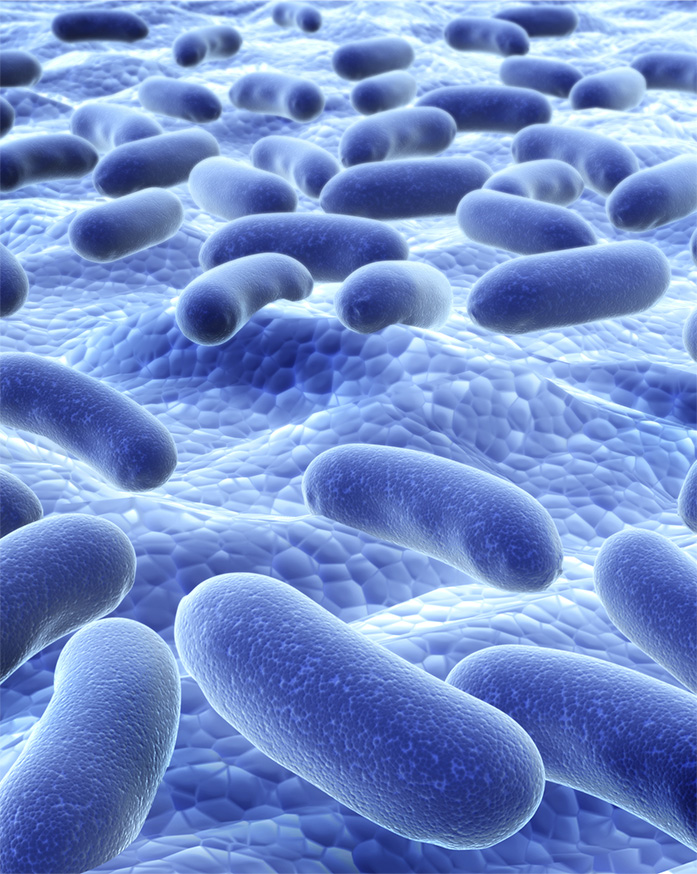
↑ Plants produce ions through photosynthesis
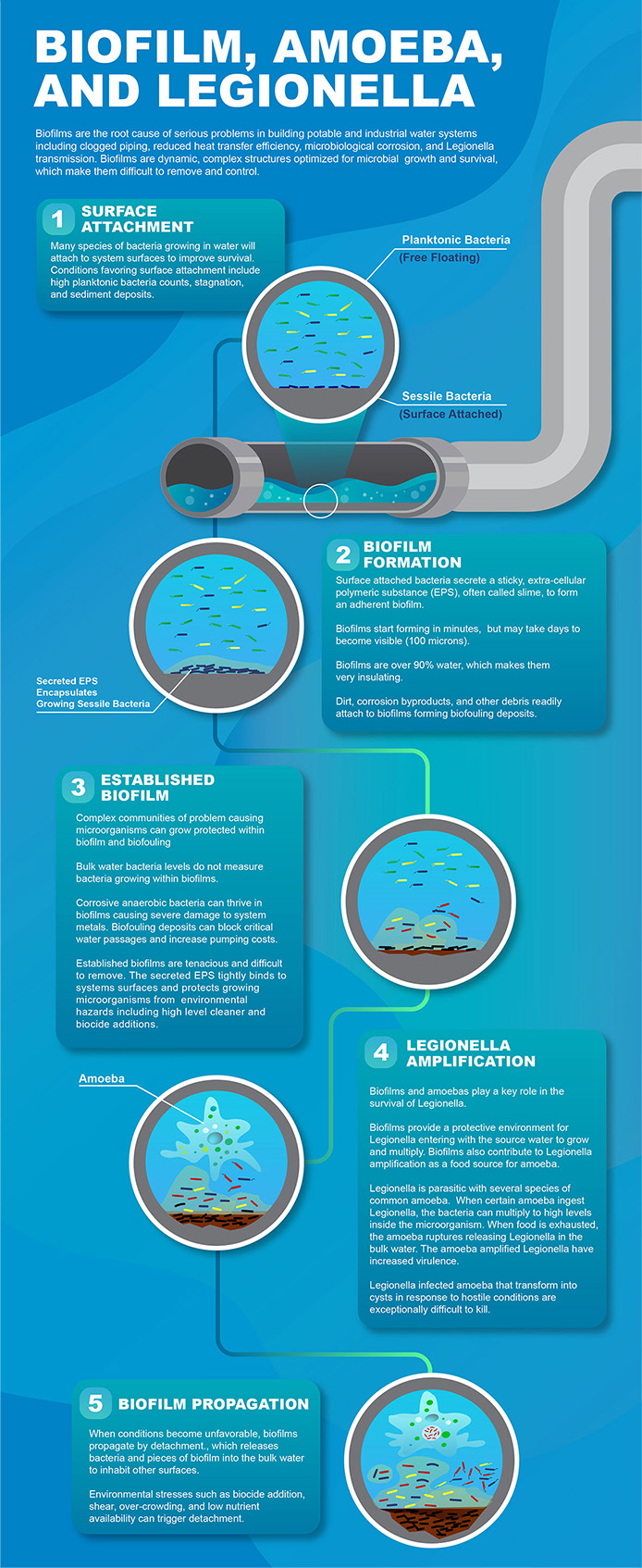
ESSENTIAL FACTORS FOR REPRODUCTION
There are many environmental factors that can affect the reproduction of such bacteria.
Among the general ones related to external environmental, we remind hot climate and particular weather conditions, while as regards closed environments we need to cite – as quite a one-of-its-kind factor – the poor or bad maintenance of water systems.
BIOFILM: WHAT IS IT?
The bacterium can be attacked with a secretion of alginate gel; such alginate then forms a layer (the biofilm) which protects bacteria from chlorine oxidation.
When monitoring Legionnaires’ Disease, the possible formation of biofilms on the materials that are in close contact with water filtration and distribution systems acquires a particular sanitary relevance. If we take into account the fact that a biofilm plunged into water can release potentially pathogenic microorganisms (as for Legionella), it is clear how this phenomenon can constitute an important vessel for the spreading of contamination.
MODES OF TRANSMISSION
Legionella can be transmitted by small-sized (5 microns) air-borne water droplets.
This can happen when we open a water jet, use the toilet flush, inhale the sprays of water gushes from a fountain or just create gushes that interact directly with the water in a basin. Breathing in such contexts when a bacterium is proliferating, we therefore risk inhaling Legionella allowing it to reach our lungs.
This doesn’t happen with vapor: even with contaminated water, the reasonable size of the water droplets that make up vapor is such that they do not represent an effective mode of transmission for the bacterium.
← Infographic courtesy of Chem-Aqua
↙ Aerosol with legionellosis
↘ Steam humidification without aerosol
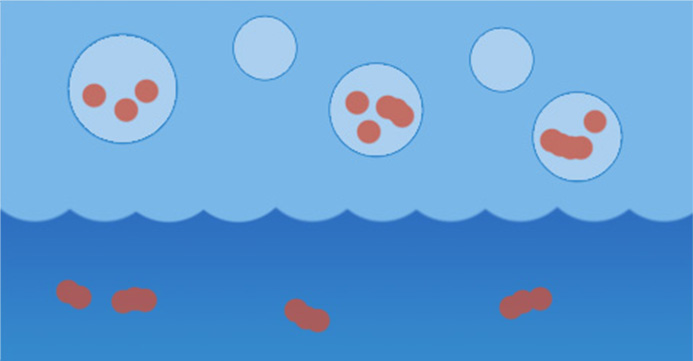
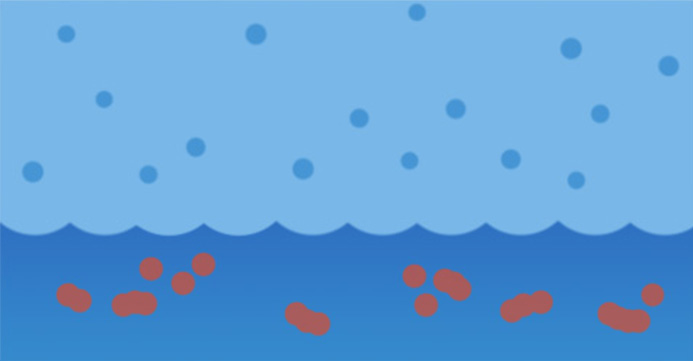
POSSIBLE SOURCES OF INFECTION
On the base of the previous analysis, we can mention the following as the main sources of infection:
– cooling towers and evaporative condensers;
– water systems using cold and hot water (showers, faucets);
– respiratory devices;
– humidifiers;
– whirlpool baths;
– decorative fountains;
– natural and artificial basins with stagnant water and poor water renewal.
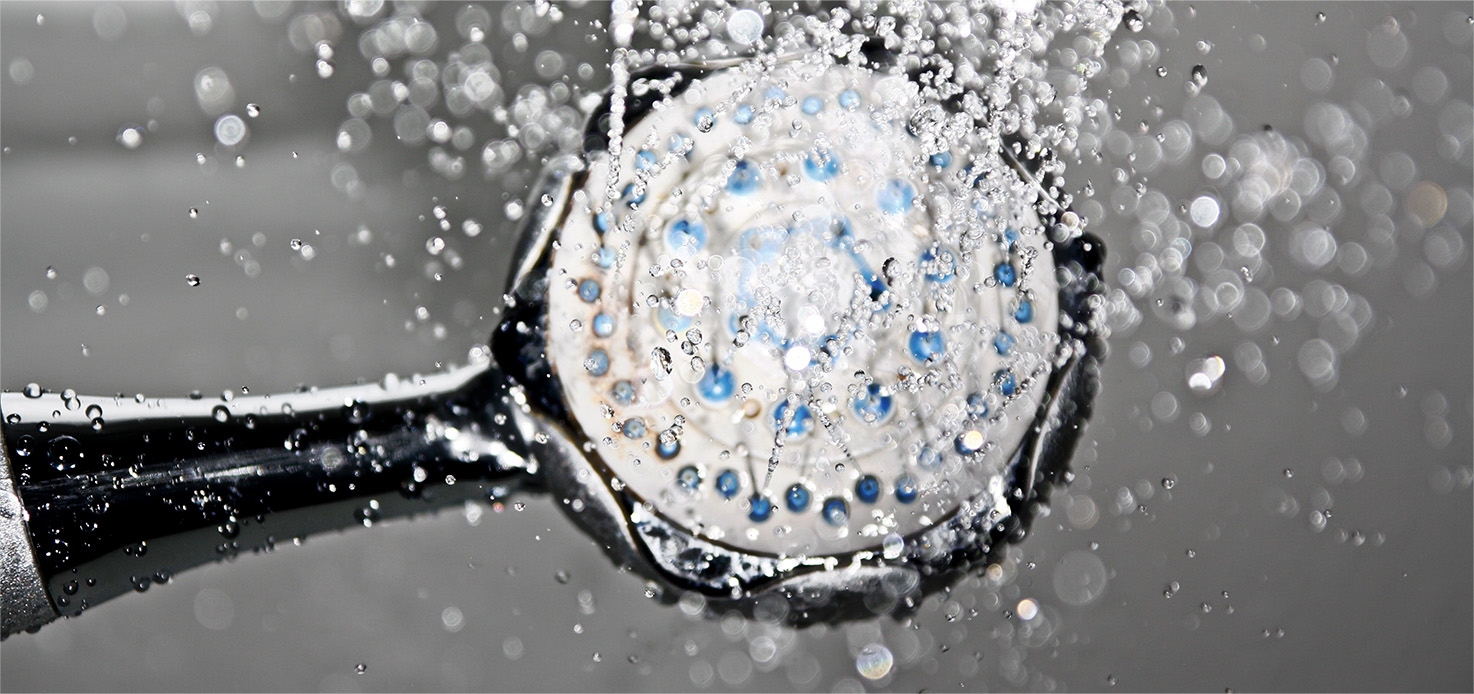
↑ The shower is among the possible sources of infection
PREVENTION
With regard to what we said, the prevention of infections from Legionella is essentially based on:
– a correct design and building of technological systems and basins
– the adoption of preventive measures (maintenance and, when needed, disinfection) aimed at hindering the proliferation and spreading of Legionella in high risk systems.
Although such measures cannot guarantee that a system or one of its components are devoid of Legionella, they contribute to an outright decisive extent to bringing down the possibility of serious bacterial contaminations.
It is worthwhile to periodically evaluate water quality and rule out the possibility of an ongoing contamination, each time taking into consideration the risk level and planning counterattack and prevention strategies regardless of any history of past infections.
